So here are a few more photos from the Firestone. The first is an interesting scene on a leaf. This blue morpho (Morpho sp.) was patrolling a trail when I saw it and I was able to follow it until it landed. And when it landed the leaf was occupied by obvious predators of butterflies, harvestmen. But I think in this case the butterfly would be just a little on the large size for these guys to go after. Side note, the species of this butterfly is likely Morpho Menelaus, but the pattern is quite similar to Morpho didius which I do not believe to be found in Costa Rica. Anyway, when they close their wings the blue disappears and they have the brown with eye spots pattern on the ventral side of the wings.
I saw these collared peccary along the trail and they just kept getting closer and even when I was moving they just kind of shook their heads and didn't run off. I took a photo and then took a little detour around them lest I get chased up a tree or something else less than heroic.
They are fairly thin snakes, but when I got close it puffed itself up to probably more than twice its normal width. And while not a dangerous snake, they are rear fanged and do have a venom, but even so you can pretty much pick them up and move them out of the way if needed. Of note, this image looks a little odd since it was taken with the wide angle lens I had on my camera to photograph the mosquito trap. I was only a few inches from the snake taking the pictures, which gives it an unusual look.
Here you see the latest model of the Dynatrap, a neat little thing that was a light and a fan (sucking inward) to attract and suck in mosquitoes. The old model had to be plugged into an outlet, which unsurprisingly are not readily available out in the jungle. This model was designed to work with an external battery, and early results are quite promising that this will be our go-to mosquito catcher in the future.
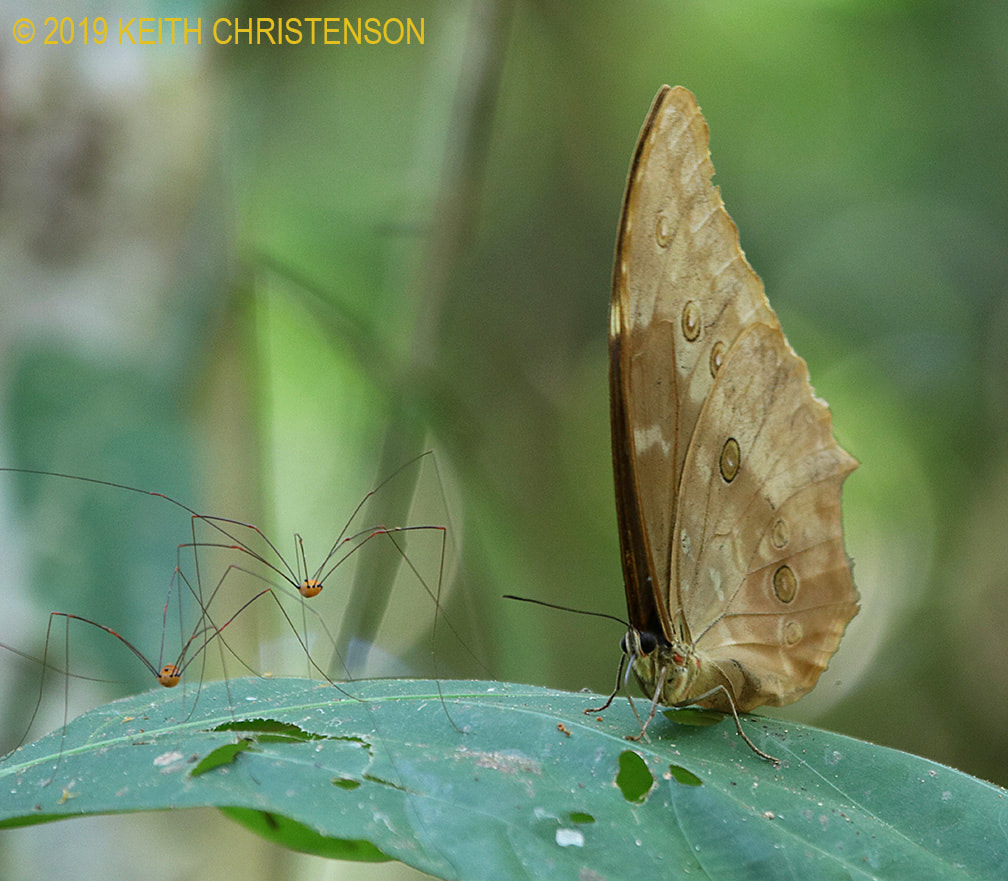
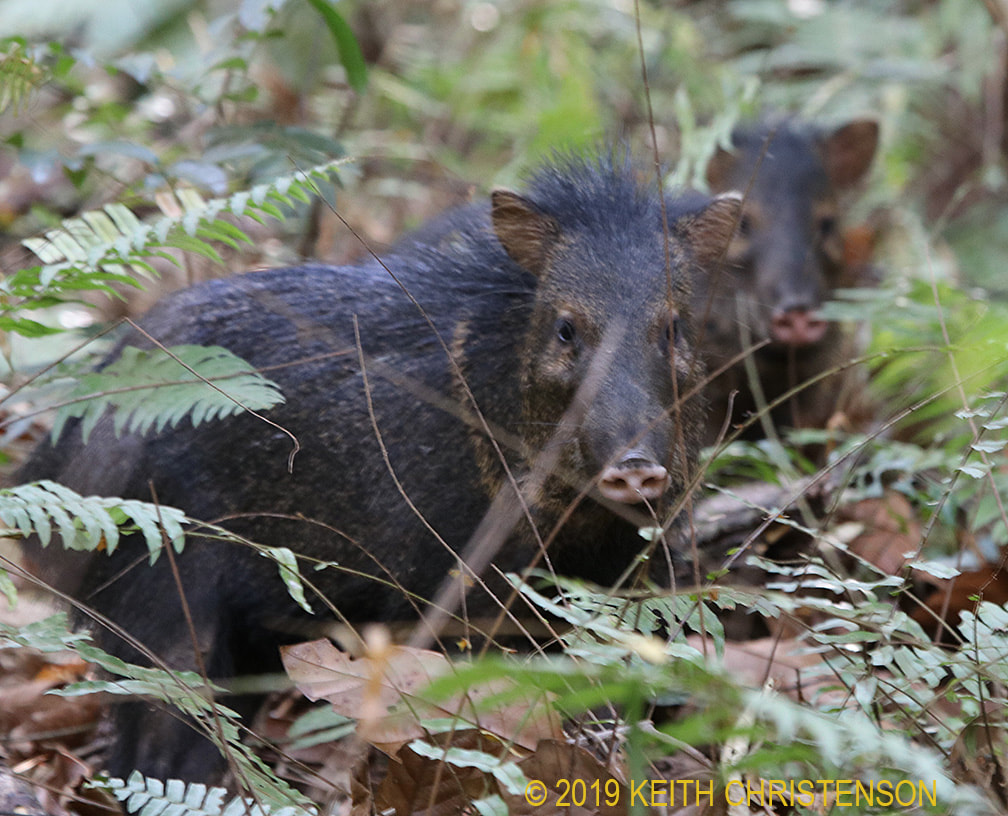
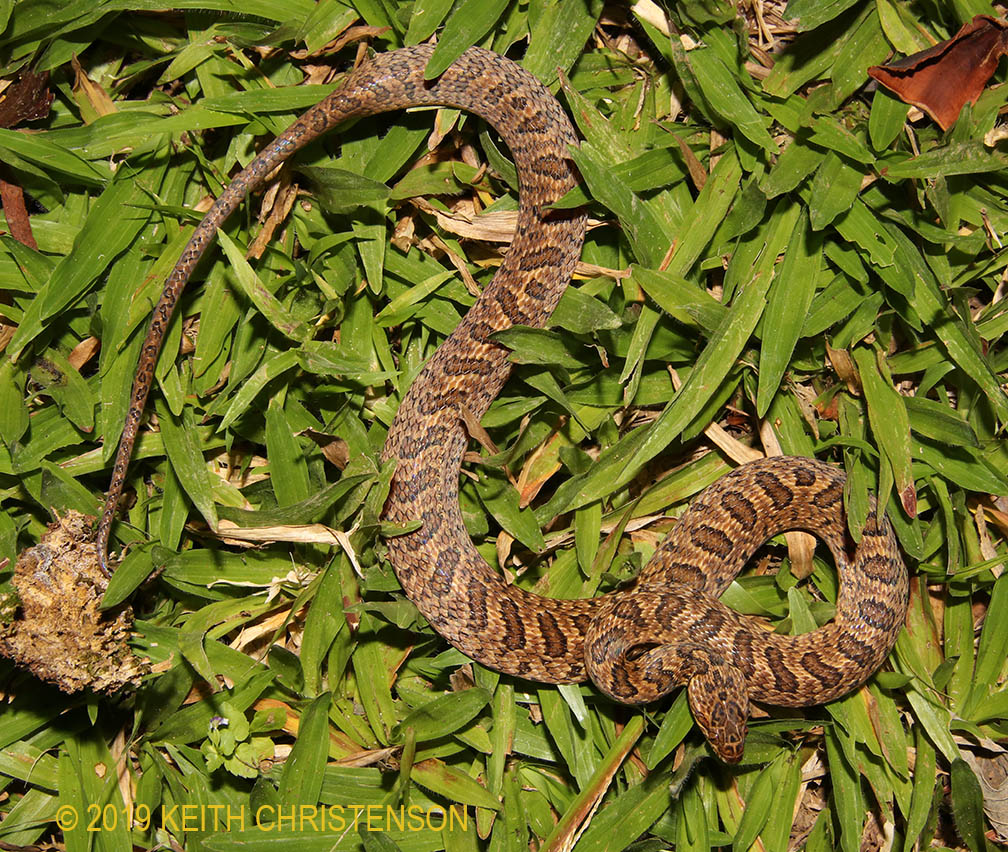


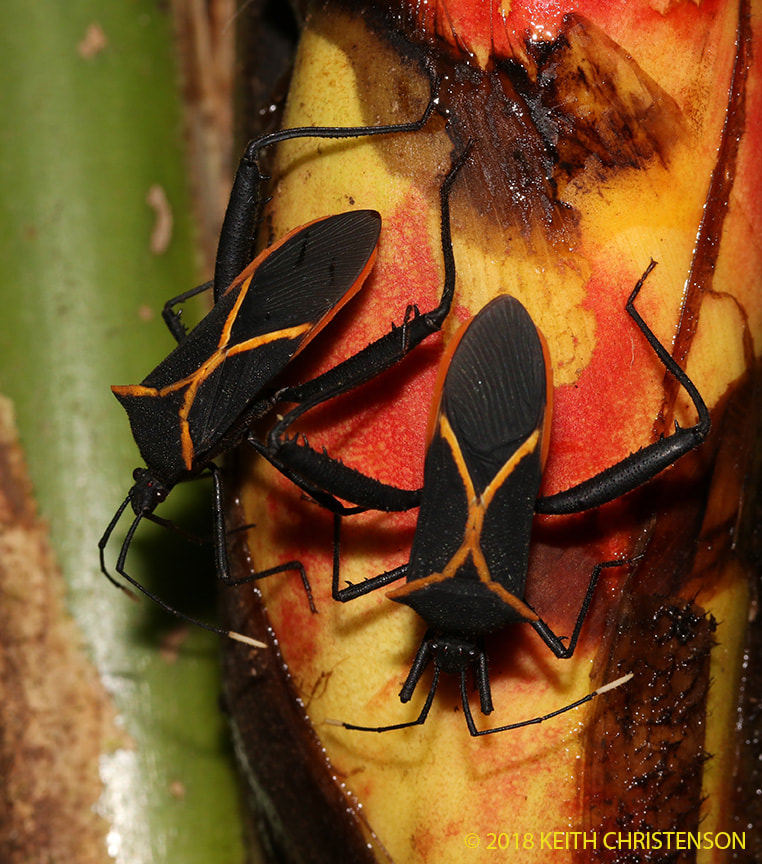
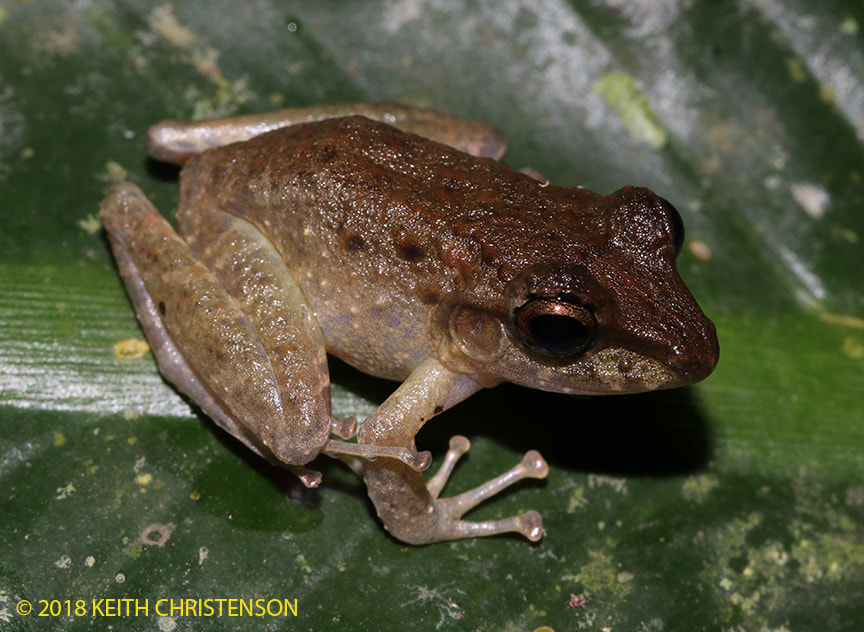
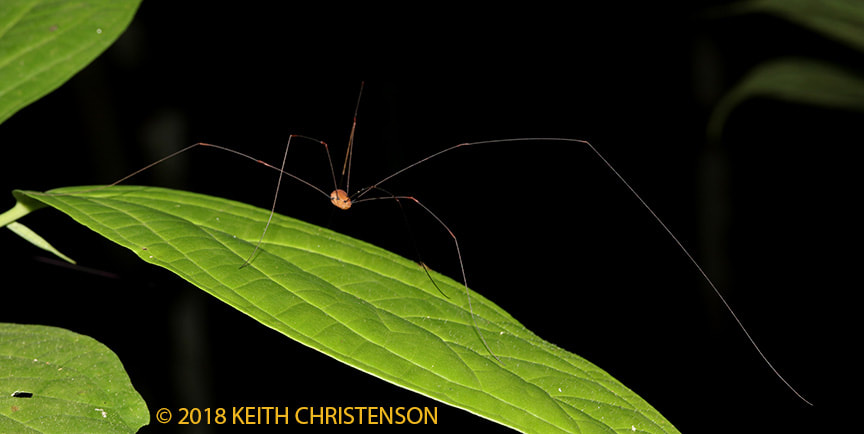
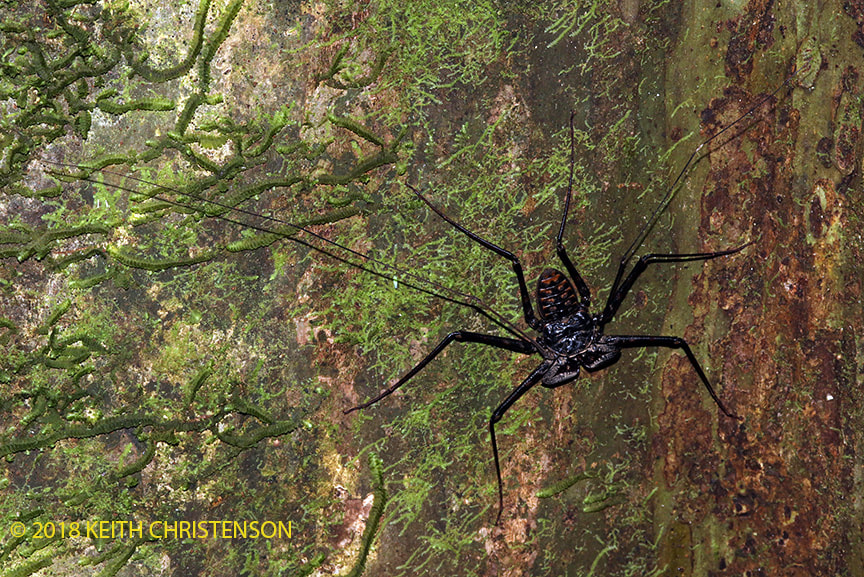

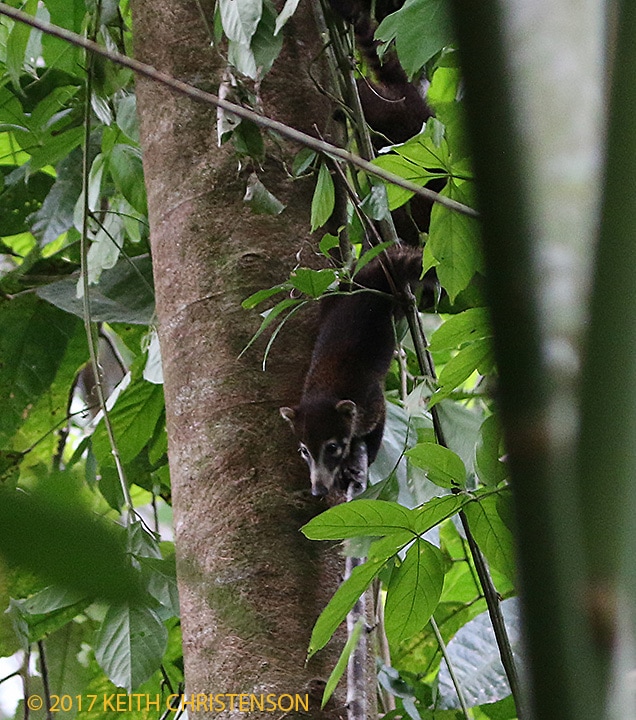
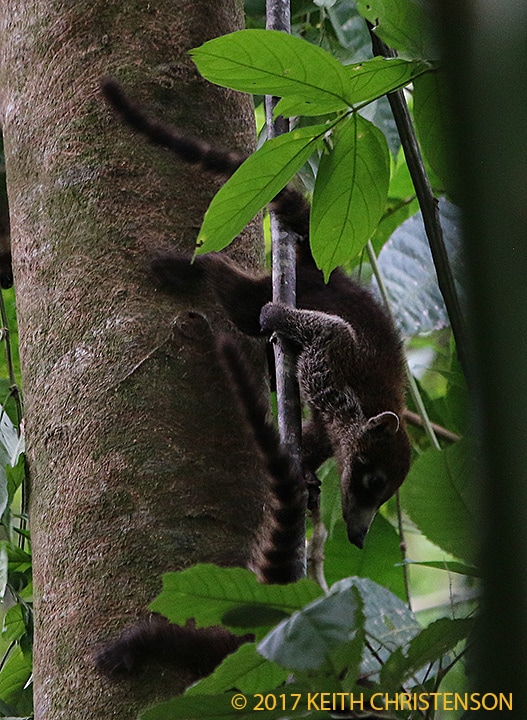
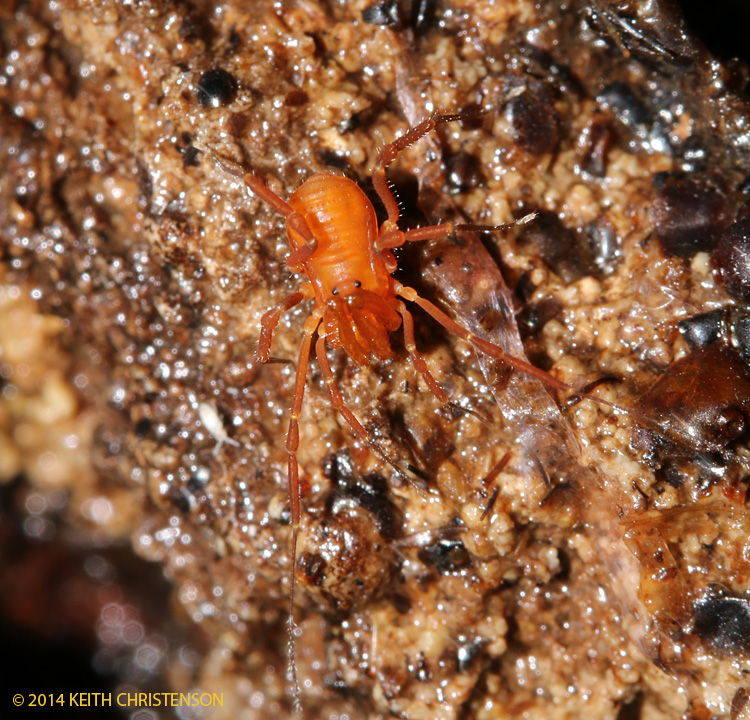
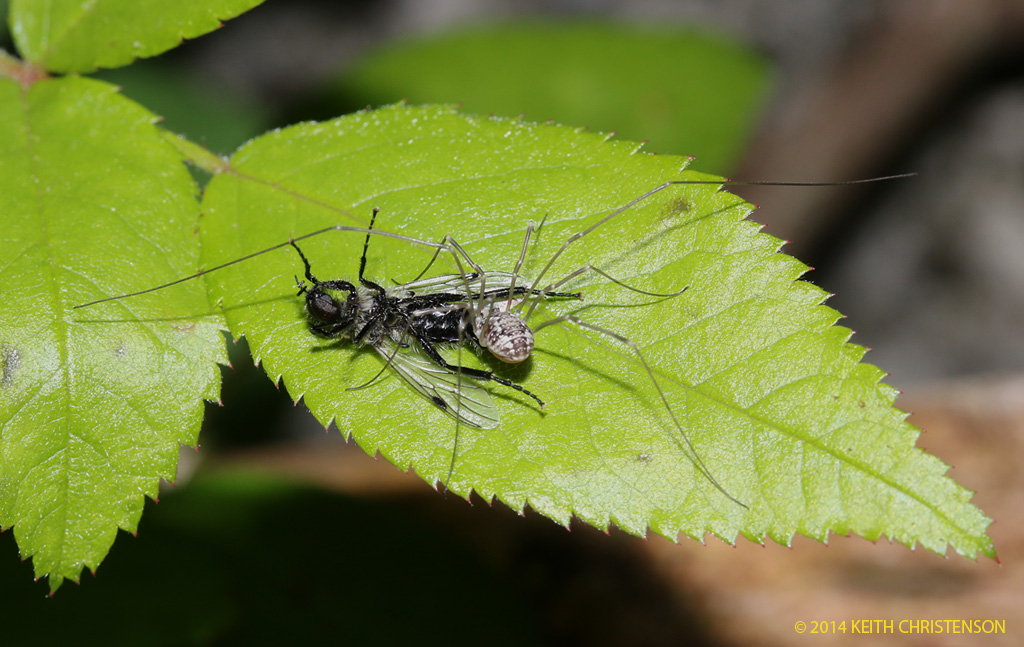
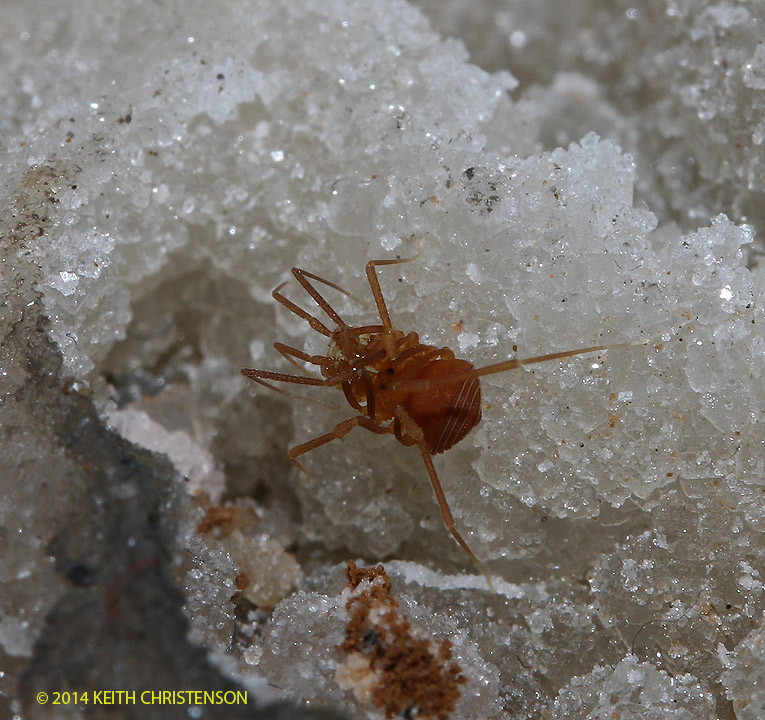
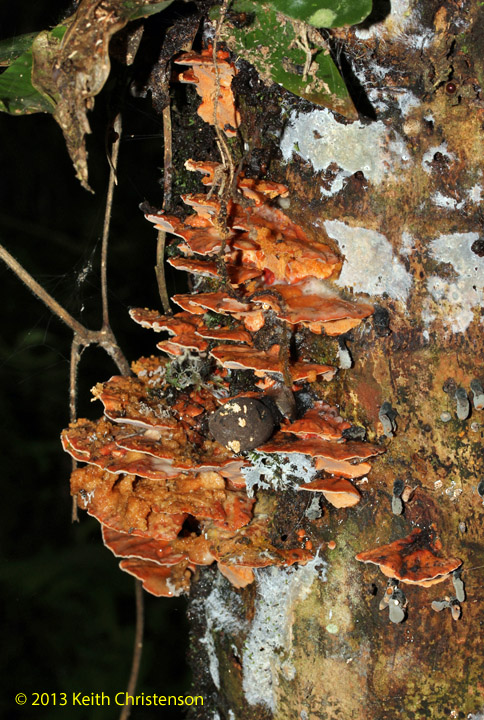
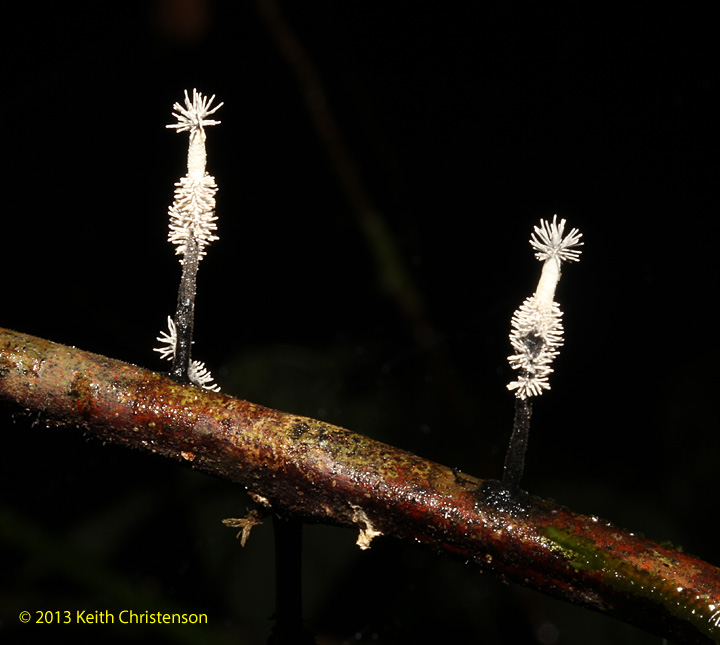
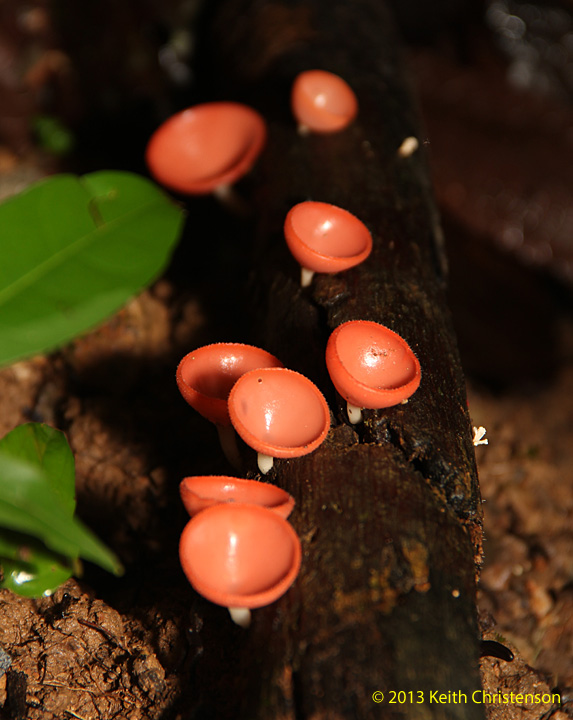
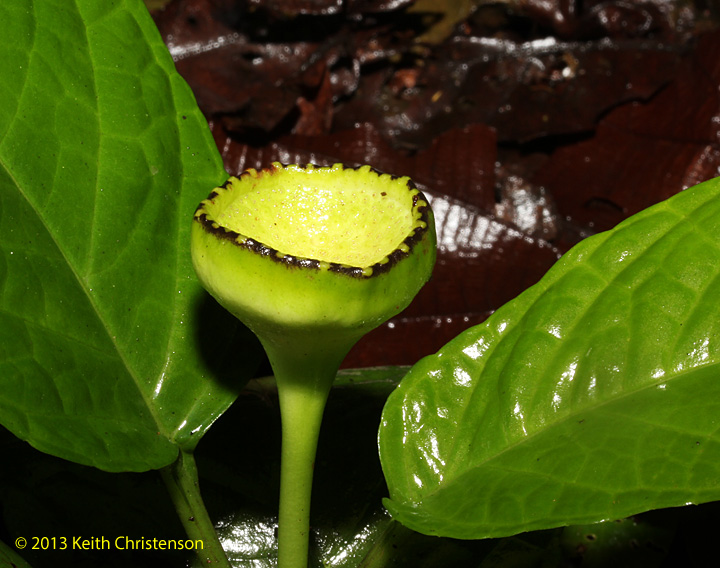

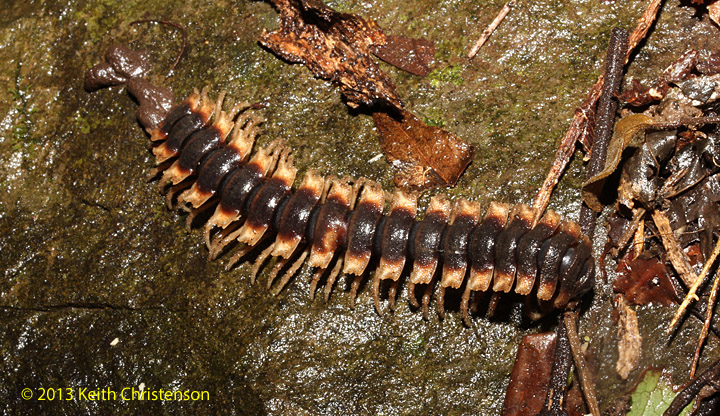
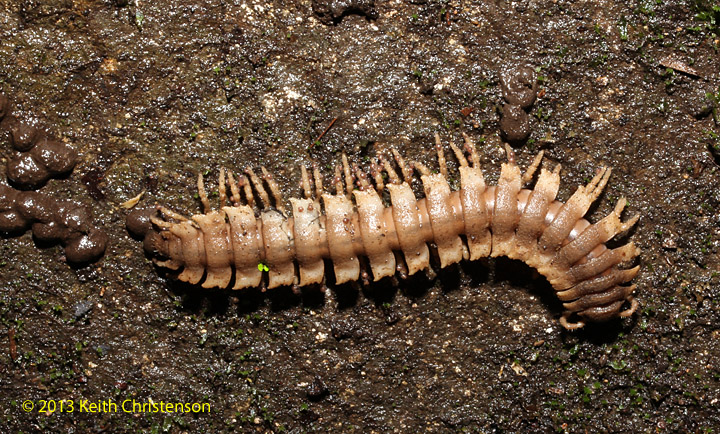
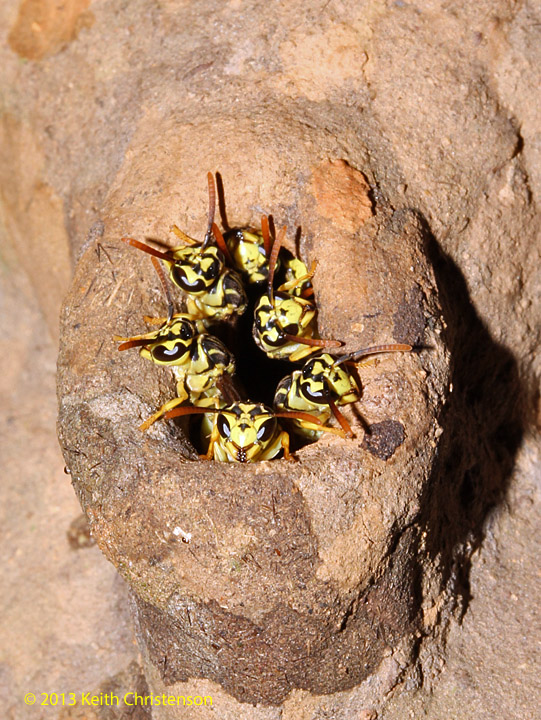
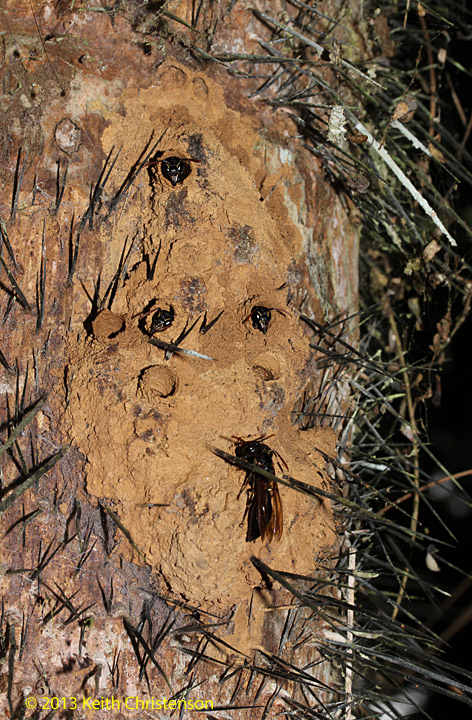
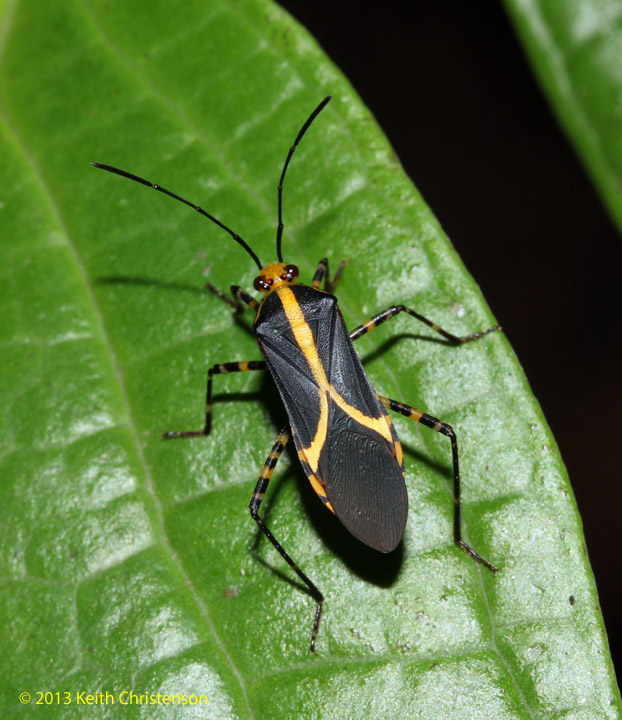
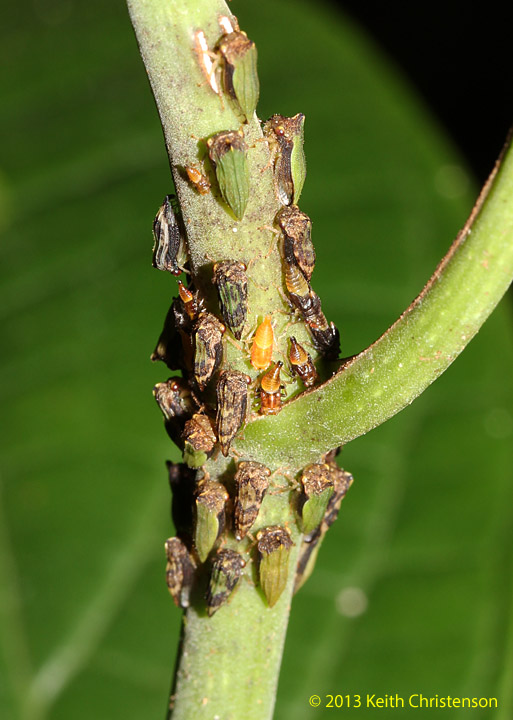
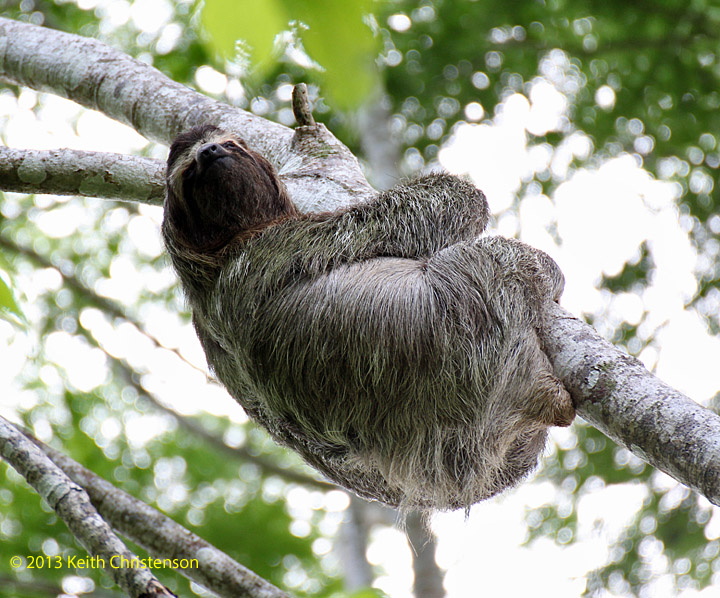
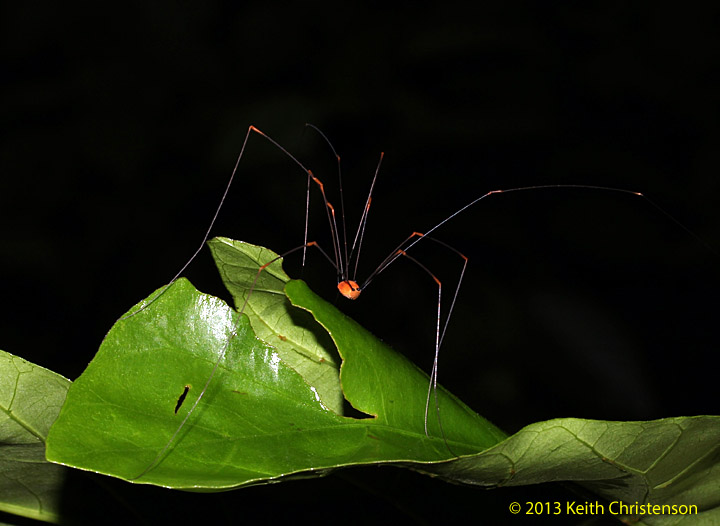
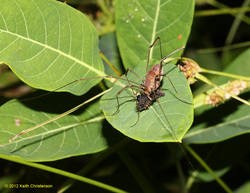
 RSS Feed
RSS Feed